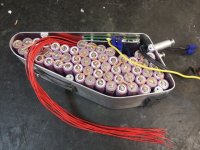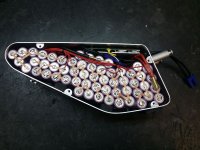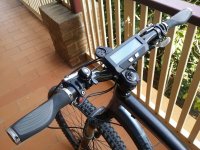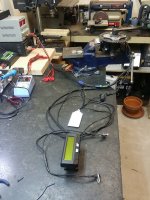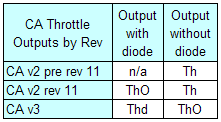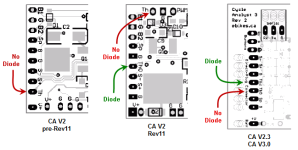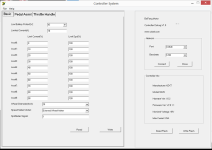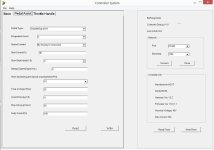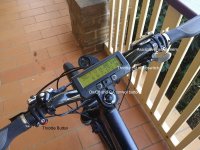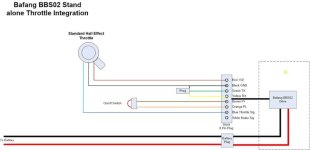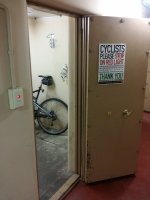Finally got some time to work on installing the 18650 cells into my custom battery box. Just to recap, the cells are LG 2850 mah from this thread
http://endless-sphere.com/forums/viewtopic.php?f=31&t=61608
My configuration is 14S 4P which means 56 cells are required. Ended up buying 60 cells which came packaged up as per the picture below (10S 3P) x 2
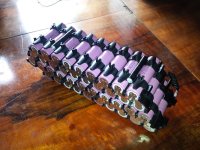
First job was to break the packs down to individual cells. This required breaking off all the spot welded tabs so the plastic cell spacers could be removed. Was a bit disappointing having to break off all the spot welded tabs but unfortunately there was no other option if i was to squeeze 54 cells and a BMS into this battery box.
View attachment 7
Next step was to make sure 54 cells actually fitted including the BMS.
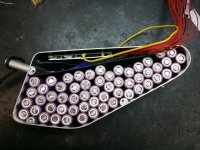
Cells were then arranged as individual 4P 1S packs and parallel soldered using 3mm wide solder wick to bridge each cell
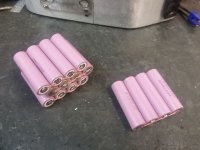
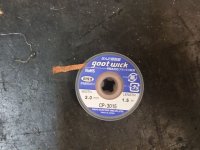
Of course soldering is not the ideal method of joining the cell however this was my only option if I wanted to build an 18650 battery pack. Each cell had the spotweld remnants ground off with a Dremel tool which also gave a roughened nice clean surface for the solder to stick too. Using an 80 Watt soldering iron, each cell was tinned with only a few seconds of heat being applied. Compressed air was then immediately blown on to soldered area to ensure all heat was quickly removed. After a quick blast with compressed air, the soldered area was immediately cool to the touch. The solder wick by nature solders with very little effort so it only took a quick touch of the soldering iron to attach the solder wick link to the battery. Again the soldered area was immediately cooled with compressed air.
Cells were hot glued and linked together in manageable sections with the 3 main sections joined and linked afterwards.
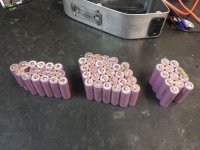
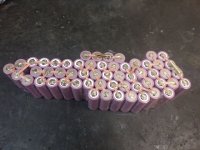
Before installing the BMS, I wanted to test out the pack and make sure it performed as expected. Also wanted to make sure the solder wick links were handling the current OK. Female 5mm bullet connectors were soldered directly to the positive and negative tabs of the pack and a 12 gauge power cable attached.
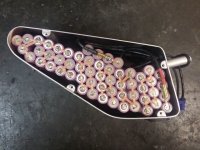
Took the bike out for a quick 10km ride with a good mix of moderate to high power used. Removed the pack straight off the bike and checked all connections. Also used an infrared heat gun to see if there were any hot spots. Pack was an even 25 degC across every terminal and cell voltage had stayed nicely in balance.
So the job for tomorrow is to installed the BMS and charge port. Finally nearing completion. Certainly quite a labour intensive project but considering the results, I think it will be well worth it. I have been happy with 230 Whrs on this bike in relation to range and performance. Having 520 Whrs in basically the same package is going to be amazing.
